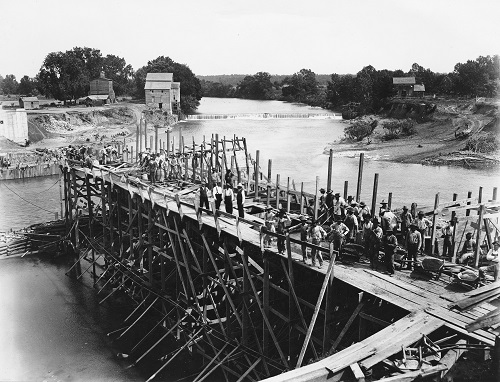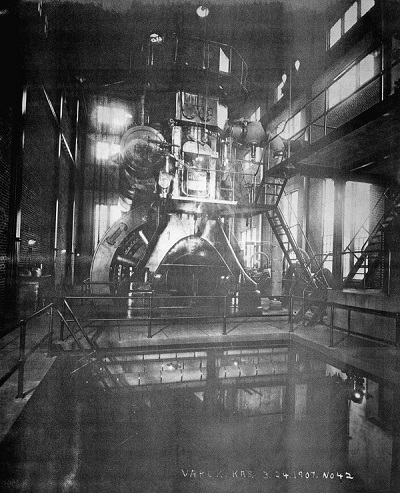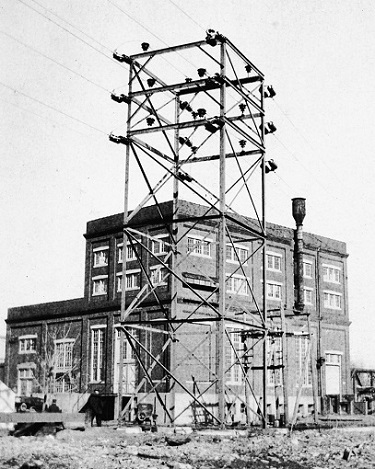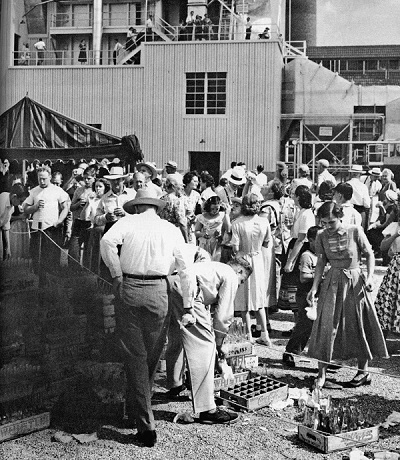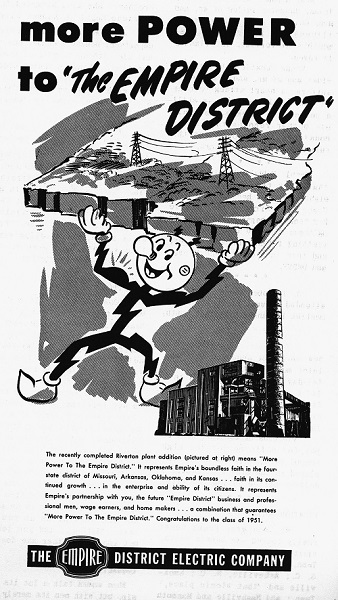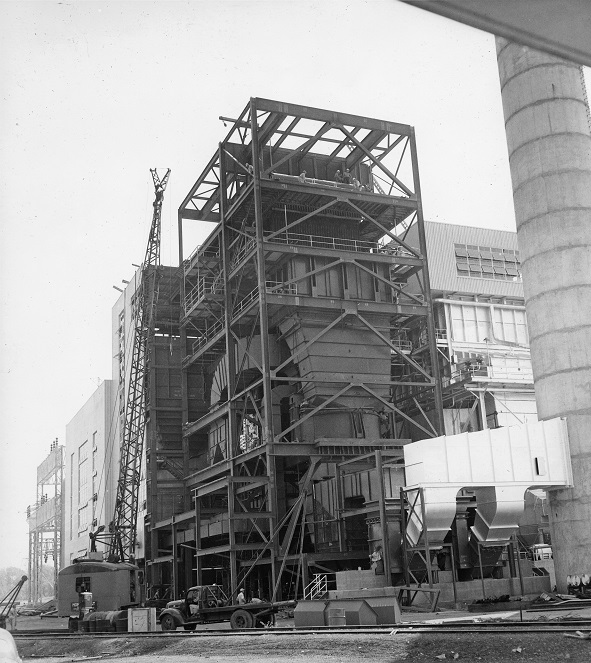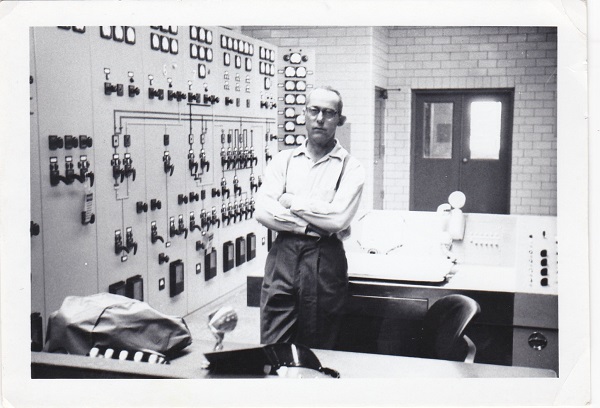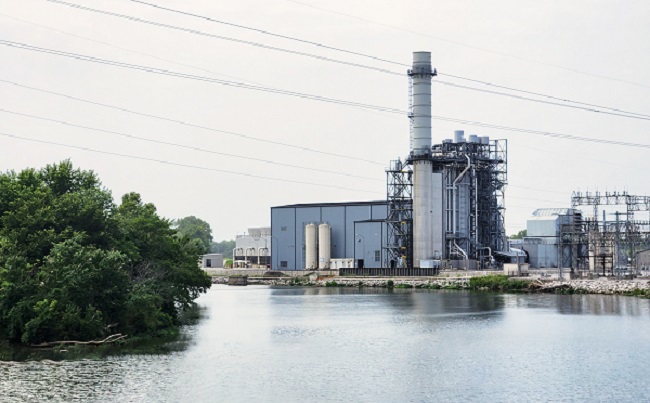
Initial work is underway to replace two aging generators at Liberty’s power plant in Riverton, Kansas.
Units 10 and 11 are the oldest remaining generators at the site, says Shaen Rooney, Director-Strategic Projects for the Central Region.
“They were installed in Riverton in 1988,” says Rooney. “But we had bought them used. They were manufactured in the mid-1960s.”
Due to their age, the units are no longer supported by the manufacturer, and it can take a long period of time when repairs are required. The $62 million replacement project will see the installation of two Siemens SGT-400 industrial gas turbines.
The project also underscores Liberty’s commitment to reinforce an operation that is vital to serving electric customers in Southwest Missouri, Southeast Kansas, Northeast Oklahoma, and Northwest Arkansas.
Plugging into the past
The important role the Riverton plant plays for Liberty’s electric service can be traced back to 1905.
The year prior saw the groundbreaking for a dam and eventual hydroelectric plant along Spring River in nearby Lowell, Kansas. The plant would serve four substations, with transmission lines extending to Galena, Kansas, and Joplin, Webb City, and Duenweg in Missouri. However, more power would still be needed to adequately meet the needs of the booming mining operations in the region, which led to the creation of a new power plant in Riverton.
A 5,000 horsepower, 25-cycle Corliss engine generator manufactured by Westinghouse was delivered to the Riverton plant site in 1905. Weighing 400 tons, the gas-powered generator – known as “Old Kate” – previously provided electricity enjoyed by those who flocked to the 1904 World’s Fair in St. Louis, Missouri. One of the largest vertical engines ever manufactured, it went into service in Riverton in 1906.
The operation was soon folded into the Empire District Electric Company, which formed in 1909. Several major upgrades were made to the facility in the years that followed.
(Story continues below)
A groundbreaking ceremony for the power plant was held in July of 1910. The first of two 12,500-kilowatt turbine units went online less than nine months later.
Two years later, a 10,000-kilowatt secondhand Allis-Chalmers unit was installed along with a second 12,500-kilowatt unit that ran on the exhaust steam from “Old Kate.” By 1918, the Riverton power plant had become the largest steam plant in all of Kansas. It was fueled by more than 115,000 tons of coal each year.
Improvements continued in the latter half of the 20th century and on into the 21st, including a major expansion completed in 1951; construction of a new combined cycle natural gas/diesel fuel-powered generator in 1964; removal of the last of the original four brick smoke stacks in the late 1990s; and the addition of a combustion turbine fueled by natural gas in 2007.
‘Here for the long haul’
The new generators will be 35 to 40 percent more efficient, manufacturer supported, and more reliable.
“The new units are dual fuel capable,” says Brian Berkstresser, Liberty’s Senior Director, Generation-Operations. “They’re the first units in our fleet to be specifically designed to use hydrogen as fuel.”
The generators are expected to bolster Liberty’s ability to deliver reliable electric service to customers, as well as greatly improve winter weather operations.
“Right now, we’re working on engineering for the project, and we’ll start purchasing some of the equipment that will need a longer lead time (to obtain),” says Rooney.
The contractor is expected to begin construction in early 2025. They will install underground utilities (including natural gas piping) and construct the foundation for the building that will eventually house the new generators. Delivery of the generators will be later in the year. One is expected in May 2025, and the other that June.
“The transformer for the project is a long lead-time item,” Rooney says. “It’s not going to get here until February 2026, but we expect to have the new units fully tested and online by July 2026.”
After more than a century, the Riverton power plant remains central to Liberty’s operations in the Four State region.
“(The Riverton plant) is absolutely vital, in terms of the capacity requirements we have to maintain and the loads we have to serve today,” says Berkstresser. “That we’re still putting equipment in there nearly 120 years later shows that we intend to be here for the long haul.”

